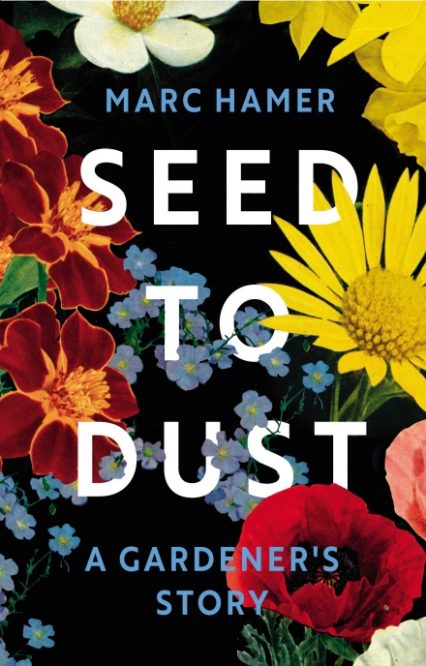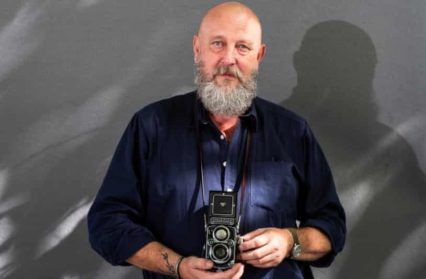Jim Morphy reviews Marc Hamer’s year-long account of the garden he tends, Seed to Dust: A Gardener’s Story, which intertwines horticultural knowledge with personal memoirs.
Marc Hamer’s acclaimed first book, How to Catch a Mole, was less a practical guide than a meditative treatise on finding one’s true self in nature. A life realised outdoors. His follow up, Seed to Dust: A Gardener’s Story, mines similar territory, with similarly fruitful results.
For decades, Hamer has tended the twelve acres attached to the home of a wealthy couple and then, after the husband’s passing, of the widow, ‘Miss Cashmere’. In Seed to Dust, Hamer recounts a twelve-month span of the garden. Mini-chapters provide gardening observations, personal memoir and lessons of life.

As respectability requires, Hamer keeps the garden neat and tidy. The lawn is shorn short. Rows are kept straight. Hedges are trimmed. But Hamer sets out in Seed to Dust – and smuggles into the garden where he can – his casual approach to tending flora. He uses no chemicals. He appreciates the robust criminality of Buddleia. Despite his mole-hunting past, he’s not into the ‘demeaning business of killing things’, even if it would be to the garden’s aesthetic benefit. He longs to let the garden grow.
Seed to Dust’s seasonal structure provides a neat device to take in the garden’s cycle of life: Flying Ants Day, Equinox, Nos Calan Gaeaf and the like are nicely evoked in Hamer’s descriptive style. The book’s heart, however, lies not with the garden but with the gardener.
Through Seed to Dust, a picture emerges of a man who has toiled with himself and others throughout his life. Hamer tells of his harsh upbringing. He grew up in a Northern pit town with a masculine culture he found unsuited to his liking for gentle things. He had an abusive father. His mother passed away when he was young. Friends died from drug overdoses. He spent years homeless, then drifted through places and jobs before settling in Wales. He has had suicidal thoughts.
Gardening has been Hamer’s escape from the past. Plants and birds have been his company. He tells us he has always wanted to harmonise with people, but that he does not know how. Hamer lets us into two of his few human relationships. The first is with Miss Cashmere. Hamer has seen her children grow up and her husband pass away, but he had never been in her house and conversations were short. He has always felt the hierarchy of employer and employee. And he has always felt the class divide. This tension can surface as a snark from Hamer in his accounts of Miss Cashmere: a symptom of a working man’s righteous anger at the aristocracy. Seed to Dust is a book more about class than it is about chrysanthemums.
The thawing of Hamer’s relationship with Miss Cashmere – whom he claims a platonic love for – provides a narrative thrust to Seed to Dust. Although, tantalisingly for the reader, the garden’s owner remains unknowable.
The second relationship is with Hamer’s wife ‘Peggy’ (the author Kate Hamer). He admits to not always having been a good husband: ‘I behaved as if my life was about my happiness’, but he tells us of his love for his wife and the joyful times they now have.
Hamer professes to be happier than he has ever been. He’s learnt to not be angry and to love instead. He now enjoys the simple pleasures. He feels lucky. He tells us these things a lot. Make no mistake, Seed to Dust is a long and repetitive book. But it feels less a poorly-edited one than one in which a damaged man repeats his mantra to stress for the reader – and to convince himself – that he has now found peace.
How true that is, the reader is left to ponder. With all of our pasts, ‘you never get rid of anything. All you can do is add to it, build strata and hope to bury the beast far down’, as Hamer tells us.
Seed to Dust: A Gardener’s Story by Marc Hamer is available now from Penguin (Harvill Secker).
Jim Morphy is a critic and regular contributor to Wales Arts Review.











